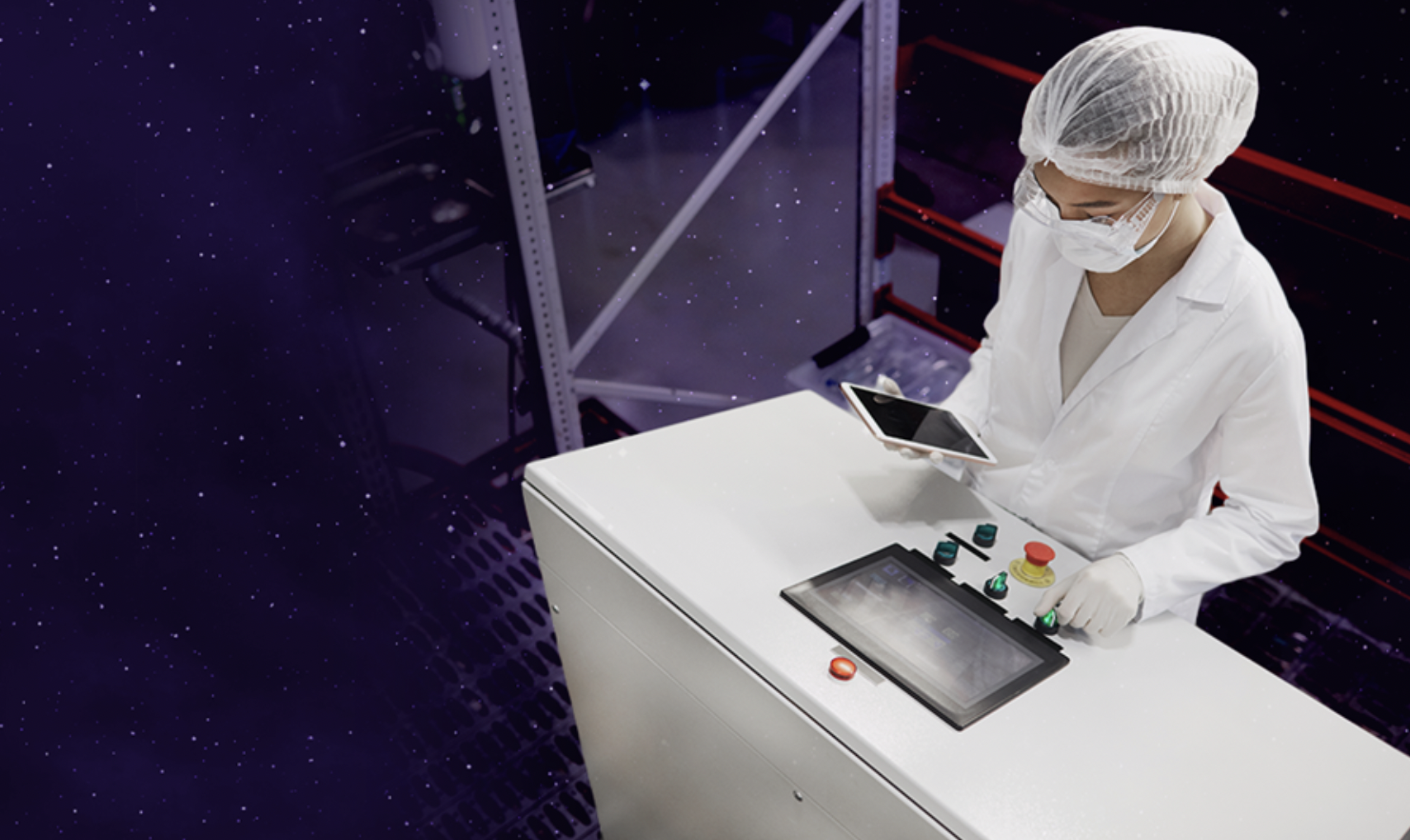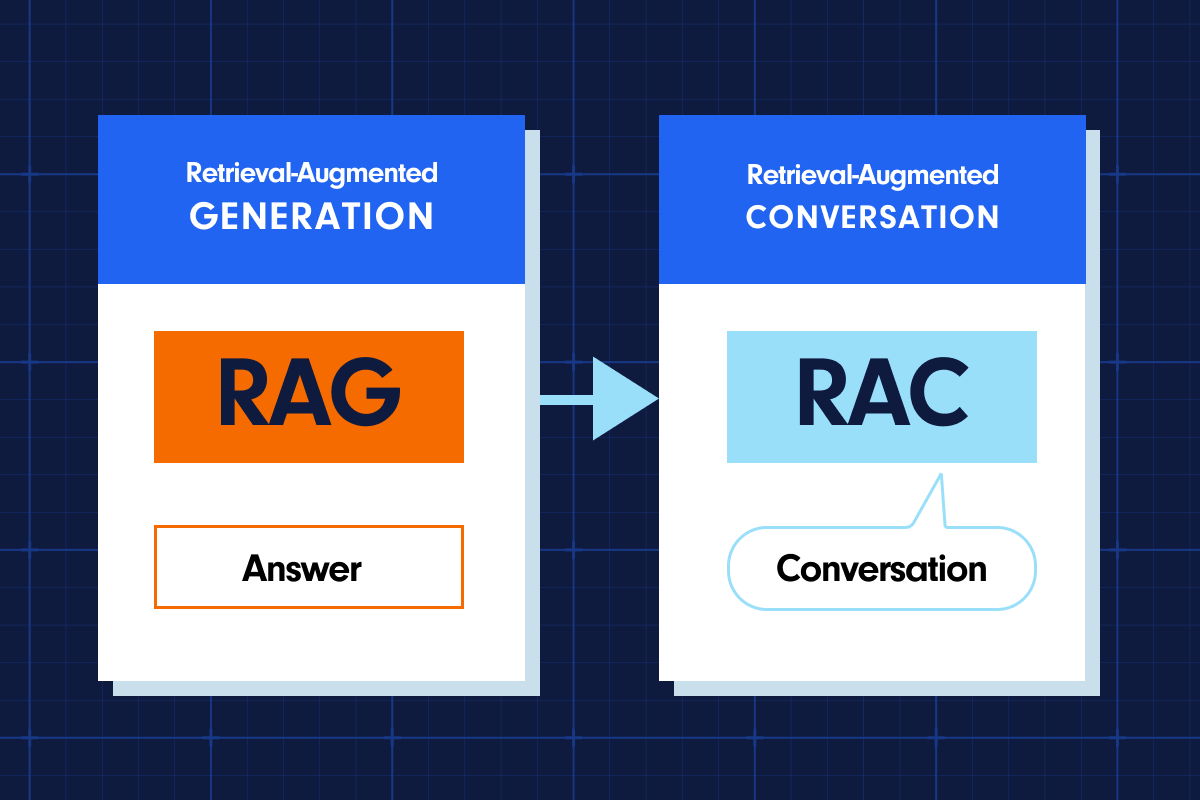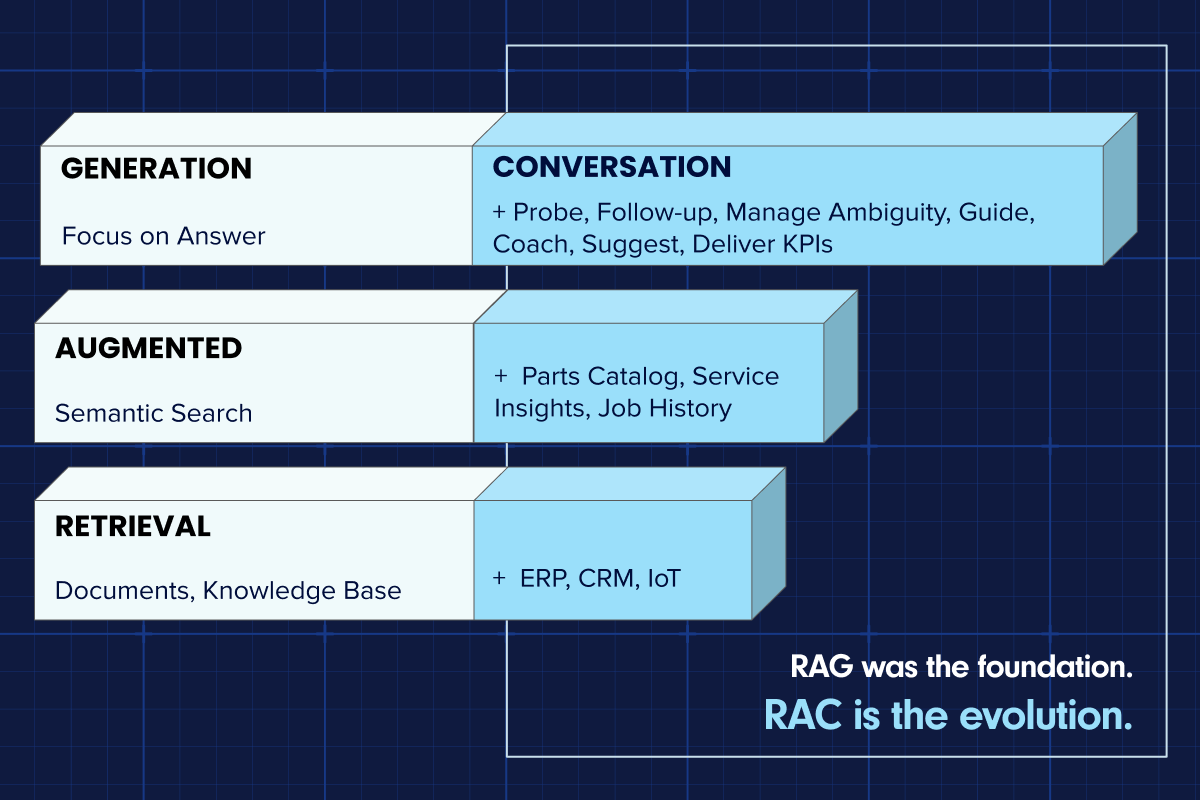In an era when the field service sector grapples with widening skills gaps and a looming retirement crisis, the urgency for innovative training and onboarding methods has never been more acute.
Nearly half (46%) of North American field technicians are over 50, and more than a quarter of the labor force is expected to be 55 or older by 2031, signaling an urgent need to replenish retiring talent and improve the skills of the remaining workforce. Additionally, the US Bureau of Labor Statistics anticipates around 582,100 annual job openings in installation, maintenance, and repair roles, attributed to employment growth and the necessity to replace retirees.
The shortage threatens customer satisfaction and the financial stability of affected organizations. Aquant’s 2024 Field Service Benchmark Report underscores these stats, revealing the staggering cost discrepancies between the lowest and highest-performing employees and the significant financial benefits of narrowing this gap. Traditionally, training new technicians has fallen to more experienced senior technicians. However, we find ourselves in a situation where the remaining senior technicians simply lack the time for such mentorship.
This blog delves into the potential of AI-driven tools and methodologies to address these challenges, revolutionizing field service technicians’ onboarding and ongoing skill development. In doing so, it sets a new benchmark for operational excellence.
The Importance of AI in Onboarding and Upskilling
The field service industry stands at a critical juncture where the difference between the top and bottom performers can drastically impact service costs. One way to address these costs is through proper employee onboarding, which can in turn, have a positive impact on overall employee engagement and retention.
- According to BCG, employee onboarding is among the most influential factors regarding employee experience. Companies with effective onboarding processes achieve 2.5x more revenue growth and 1.9x the profit margin compared to organizations with poor onboarding strategies.
- A Gallup report found employees who had a great onboarding experience are 2.6 times more likely to be “extremely satisfied” at work.
- Effective onboarding can shave months off a new hire’s time-to-productivity, according to a SHRM Foundation guide.
Integrating AI in training and onboarding processes offers a path to achieving these outcomes, mainly through 2 main applications:
AI Troubleshooting and Diagnostic Tools: These tools can significantly reduce the time it takes for new technicians to become proficient in diagnosing and resolving issues, effectively fast-tracking their ability to contribute to the company’s productivity and service quality goals.
Business Analytics Tools: Such tools can pinpoint areas where the workforce might be underperforming or where there are opportunities for improvement. Imagine being able to ask, “Which techs are underperforming?” and receiving actionable insights in seconds—this is the power AI brings to the table.
Case Studies Highlighting AI’s Impact
Aquant’s research shows that companies that use AI-powered troubleshooting and analytical tools have reduced the time it takes for their employees to reach competency by 50%. This improvement suggests that integrating AI-driven solutions can significantly speed up the learning process, allowing employees to diagnose and resolve complex issues more effectively. These findings indicate that AI improves operational efficiency and skill development in the workplace.
Ricoh’s Transformation
During the COVID-19 pandemic, Ricoh faced daunting challenges, including high churn rates and the necessity for remote onboarding. By partnering with Aquant and embracing its AI technology, Ricoh transitioned to an effective remote onboarding model and significantly improved its service metrics. The results speak volumes:
- 17% increase in Remote Resolution Rate.
- 22% improvement in First Time Fix Rate.
- 75% improvement in onboarding times for support reps.
Success Story
Ricoh achieved notable improvements across critical KPIs, operational efficiency and productivity, employee satisfaction, and workforce retention. Read the full case study here.
The Semiconductor Company Conundrum
Contrastingly, a leading semiconductor company in North America struggled with high turnover and extended onboarding durations for its engineers and technicians. The lack of a structured onboarding process led to inconsistent experiences and hindered productivity. Recognizing the need for change, the company is now looking to overhaul its approach to onboarding, aiming for enhanced employee retention and reduced time-to-competency.
Implementing AI: A Step-by-Step Guide
- Assess and identify needs. Begin by conducting a thorough assessment of your current training and onboarding processes. Identify gaps and areas where inefficiencies are most pronounced. This step should involve gathering feedback from new hires and experienced technicians and analyzing performance data to pinpoint areas for the most significant improvements.
- Choose the right AI tools. Select AI tools that best align with your identified needs. For troubleshooting and diagnostics, look for platforms that leverage historical data and machine learning to provide actionable insights. For workforce analytics, opt for solutions that integrate with your existing HR systems and provide real-time performance analysis. Ensure your tools are scalable, user-friendly, and compatible with your current technology infrastructure.
- Train your team and integrate AI into your workflows. Implementing new technology requires buy-in from all stakeholders. Invest in comprehensive training sessions for your technicians and managers, ensuring they understand how to use AI tools effectively. This training should cover the technical aspects and emphasize the benefits.
The field service industry is undergoing significant changes, driven by demographic shifts and the need for greater operational efficiency. This environment demands a transformation in training and onboarding practices, with AI leading the charge.
As referenced above, the experiences of companies like Ricoh and a notable semiconductor firm underscore the importance of integrating AI into training processes. This integration is advantageous and crucial for future-proofing businesses against upcoming challenges.
At Aquant, we are committed to leading this charge. Interested in learning more? Sign up for a free demo.
About the Author

Sidney Lara, Service Principal, Aquant
Sidney Lara serves as the Service Principal at Aquant, specializing in enhancing customer experience through AI software. With a 20-year background in operations and service leadership, he is dedicated to streamlining business processes to maximize customer value. Beginning his career as a field technician, Sidney advanced through technical and leadership positions before serving as Vice President of North America Service at RATIONAL USA.
Recent Posts
-

How Businesses Can Avoid Becoming Part of Gartner’s Predicted 40% Failure Rate in Agentic AI Projects
Read More »July 14, 2025 Assaf Melochna







